6-Month-Old Baby
6-Month-Old Baby
Your baby is halfway to a year already! Watch for skills, and the desire to use them, to grow by leaps and bounds now.
Highlights
Your baby is halfway to a year already and beginning to notice that there’s a fascinating world out there just waiting to be explored.
And that means the days of being able to plop your baby down in the middle of the floor, secure that he will stay there, are numbered.
This is the month you’ll start your baby on solids if you haven’t already, and also when your baby can start sitting up better. It may also have baby’s first tooth in store!
Here’s what else your 6-month-old is doing.
Your 6-month-old baby's development
Month 6
Baby’s Development

What’s keeping baby busy these days in the milestone and development department? Plenty!
If he’s like half of all babies, he’ll likely be able to sit up without support. The “average” baby sits unsupported somewhere around 6½ months.
Some very normal babies start sitting at 4 months and others wait until as late as the 9-month-mark. But he’ll almost definitely be able to sit well in a high chair, which is perfect timing since he’ll be eating solids in earnest now.
Your baby will probably be able to bear weight on his legs when held upright and may even be ready to hit the road at a crawl (though babies who spend little time on their tummies during playtime may reach this milestone later — or skip straight to cruising — and that’s not cause for concern).
Some little acrobats can pull themselves into a standing position or get into a sitting position when placed on their tummies.
Stimulating your now-older baby requires new activities and toys that will help boost large and small motor skills as well as social, intellectual and language skills.
Think stacking toys and games (ones with different-size rings or multi-colored cubes), toys that encourage crawling (cars, trains and balls that roll, light up and make music) roly-poly toys (they right themselves when rolled over), toys that encourage pulling up to standing (make sure they’re sturdy!) and of course, colorful board books that will keep your baby entertained.
At a Glance

Sleeping basics
At this age, babies typically sleep about 11 hours at night (many straight through) and take around two daily naps that add up to three to four hours, though it can vary.

Feeding basics
Now's the time to start solids! Introduce 1 to 2 tablespoons to 3 to 9 tablespoons of cereal, fruit and vegetables, plus around 24 to 30 ounces (up to 32 to 36 ounces at most) of breast milk or formula a day.

Did you know?
Did you know? Babies typically sit unsupported somewhere around the age of 6 to 6½ months old. But there's a wide range of normal when it comes to when babies master the skill.
Your 6-month-old baby's growth

Who’s making great strides in the growth department? Your 6-month-old baby is!
Thanks to a continuing diet of breast milk or formula (around 24 to 30 ounces a day) and solids (ranging from about 1 to 2 tablespoons to 3 to 9 tablespoons of cereal, proteins, fruit and vegetables each per day), your baby will weigh in somewhere between 13 and 23 pounds and measure somewhere between 24 and 29 inches if he’s a boy.
If you have a little girl, she will hit the scales somewhere between 12 and 22 pounds and measure somewhere between 23 and 28 inches.
When feeding your cutie to fuel all that incredible growth, remember to pay attention to dietary do’s and don’ts, such as introducing new foods one at a time and avoiding certain foods altogether (steer clear of honey until after his first birthday, for example).
Your 6-month-old baby's health

The 6-month well-baby visit
Get ready to hear all about what your baby will do next at the 6-month well-baby visit, where baby will get another round of vaccines and you’ll learn more about his growth and development, along with which milestones he’s hitting and those to come.
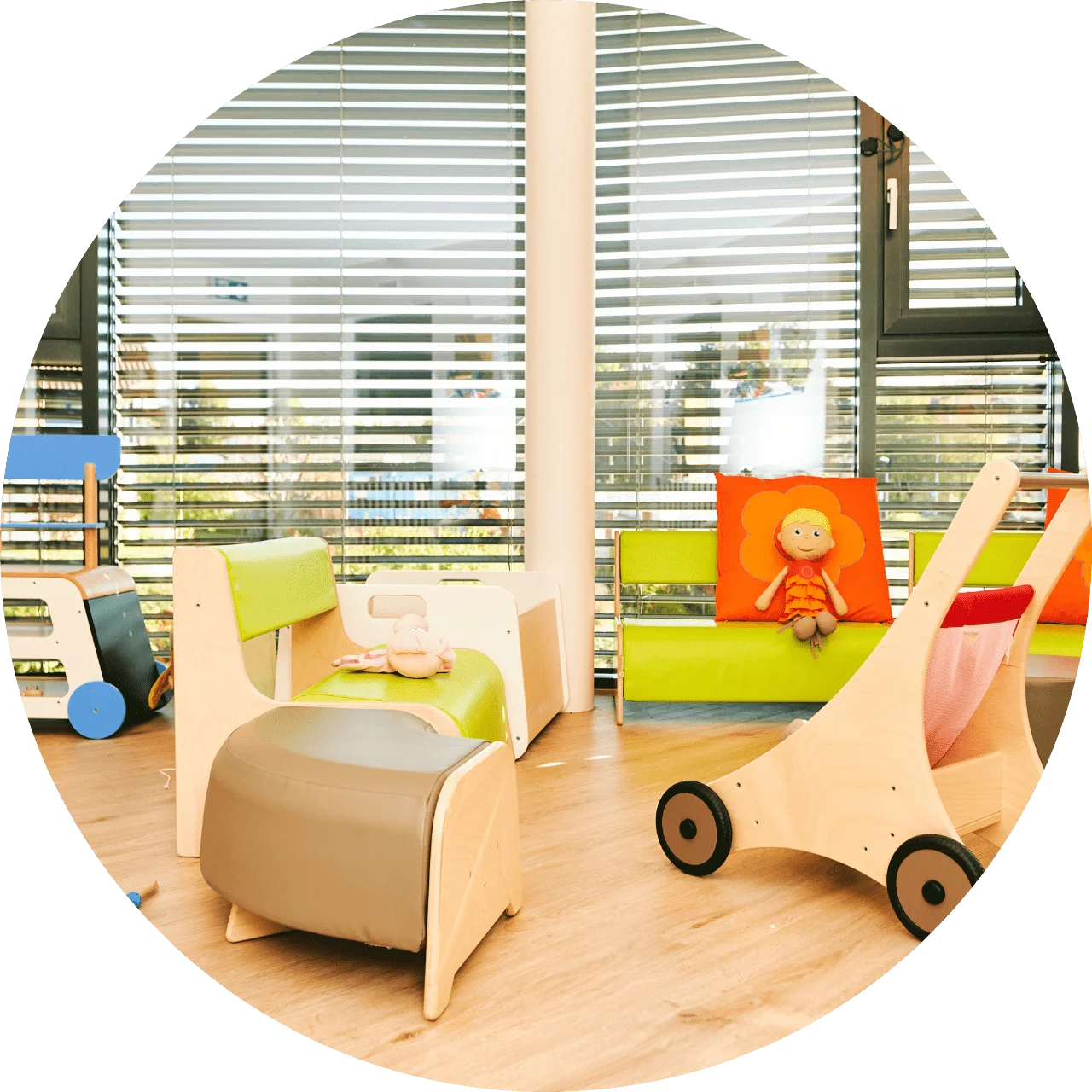
When is baby too sick for day care?
During the first year of day care, babies get sick an average of eight to 12 times. If your little one is running a fever, he needs to stay home to recover.

Time for a flu shot
Babies should get the flu shot every year (by the end of October, if possible), starting at the age of 6 months. Baby’s first vaccine will need two doses: the first one “primes” the immune system, and the second one provides immune protection.

Should you socialize your baby?
Before the age of 3, babies get most of the social engagement they need by being around their parents, siblings and caregivers. Early on, you can help your baby’s social development by doing skin-to-skin contact, reading him stories and cuddling.

How to protect baby in the cold
You can take your little one out in the cold, but be aware that babies are more susceptible to cold weather than bigger kids. Try dressing your little one in a one-piece sleeper outfit, a long-sleeved shirt and pants and a snow suit (or bunting).
Postpartum & new baby tips
At about the 6-month mark, you can begin introducing your baby to a sippy cup.
Starting at this time means your baby may accept the cup more readily and it will give him plenty of time to master it before you need to completely wean him from the breast or bottle.
At first, he’ll do little more than play with the cup (and sputter and spit as you dribble a few drops into his mouth). But soon he’ll learn that his fascinating new toy can be a source of delicious drinks.
To help him make the leap, start with a lightweight, unbreakable plastic cup. You may need to try a few different shapes, sizes and styles before you hit on the one he likes best.
If you choose a cup with a spout, remove the spill-free valve before you offer it to your baby. It will be messier, but he’ll get the idea of drinking much more quickly.
Most babies can’t yet muster the powerful suck they need to get liquid through the valve (plus studies show that extended use of a sippy cup can lead to tooth decay because of the way the liquid is extracted and then pools in the mouth).
Serve up water first — it’s the easiest, least messy option.
Your baby’s language skills are soaring. He isn’t ready to form words, but he’ll happily practice making lots of sounds, imitating what he hears.
And he’ll use his growing repertoire of sounds and movements to let you know what’s on his mind (whether you can understand what he’s getting at is another story).
With his burgeoning communication skills ripe for the learning, now’s a good time to begin teaching him some simple sign language.
He’ll soon connect your hand movements with the wants and needs he’s trying to express (“more,” “eat,” “milk,” “all done”), and it won’t be long before your baby can make the signals himself.
He also loves games and finger-plays like itsy bitsy spider and patty-cake — or any silly song or sound you care to repeat (and repeat and repeat). Don’t be surprised if your baby tries to chime in on the chorus.
When it comes to dining, make room for baby because he’ll probably want to belly up to the table now when you’re sitting down to a meal, and he can safely begin eating solid (well, teeny, mushy and/or goopy) food.
He’ll continue to get the vast majority of his nutrients from breast milk or formula, so don’t pay too much attention to whether the tidbits on his plate actually make it into his tummy.
His meals now are more for learning (small-motor skills, swallowing!) than for calories and nutrition, although you should, of course, offer him nutritious foods.
You might also want to stock up on paper towels as he digs in — and flings every other bite!
Has baby been waking up often during the night?
First, make sure he finishes his last feeding of the evening before dropping off to sleep and that he’s getting enough to eat throughout the day too.
You might even try gently waking him just before you go to bed for an extra feeding.
The idea is to maximize the number of calories he takes in during your waking hours, so he doesn’t need to interrupt your sleep — and his — for more food.
If he continues waking, chances are at this stage that he’s searching for comfort. So instead of offering the breast or bottle right away, attend to him in other loving ways, like patting him or cuddling him.
Another disincentive to those night feedings: Make those undesired night feedings, well, undesirable, by shortening nursing sessions or cutting back the formula in his bottle.
Second, make it boring. Don’t give your baby the idea that nighttime is playtime. Dim the lights (or turn them off completely where you can), and keep bubbly conversations and sing-songs to a minimum. Soft lullabies are the exception!
And unless his diaper is especially dirty or sodden (or if he’s prone to rashes), leave it on until morning — even a diaper change is just too much activity!
Vitamins, minerals and fatty acids boost your baby from top to bottom, promoting healthy brain and nerve development, as well as proper functioning and development of his eyes, skin, immune function and more.
The secret to getting them into your little one’s diet: Feed him the rainbow!
Carrots and sweet potatoes are loaded with vitamin A; green veggies, bananas and beans are packed with B vitamins.
Turn to tomatoes, strawberries and cantaloupe for C; and cereal and grains for E.
You may cringe if you see your little one chugging bath water that’s dirty or (worse) has been peed in.
But don’t worry: Dirty bath water (and your baby’s pee) doesn’t contain anything his body hasn’t already been exposed to and therefore won’t make him sick.
A bit more of a concern is the soap in the water. If you’re using products made for infants and kids, you have nothing to fret about. But if you used an adult shampoo, bubble bath or essential oil, you might want to give the Poison Control Center a call (800-222-1222) to see if you should expect any diarrhea or an upset tummy, depending on how much your little mischief gulped down.
Still, your little bather would need to guzzle a whole lot of bath water to get really sick. If it’s just a sip or two, there’s no need to disrupt the routine.
Here are two fun ways to exercise with your little one.
1) Dance with your darling to some favorite tunes (you won’t even notice you’re getting in a workout!). And not only will your little one love the movement, you’ll also foster a passion for music. (No head-banging, Mommy, no matter how radical the song might be … and don’t pump up the volume too much — tiny ears are extra sensitive.)
2) Stream a video. There are plenty of postnatal videos for moms to choose from these days but even a Barney movie has enough singing and dancing to do the trick. (Just because that big, lovable dinosaur is purple and sappy doesn’t mean the kids’ TV star can’t inspire some calorie-burning movement!)
It’s halftime in your baby’s first year (wow, already?), and your little one may be sitting on his own, eating solid foods and possibly even sporting his first tiny tooth.
He’ll be working harder than ever at communicating with you — and commanding your attention (so put down your cellphone and start giving baby his due).
Physically, your 6-month-old baby is moving closer to moving around (if he isn’t already). He can probably roll over from both front to back and back to front, and he may surprise you by wriggling all over the room this way.
Soon, your baby may begin to crawl, or to prepare for all-fours forays by hoisting himself up on hands and knees and rocking backward and forward (or often, just hilariously back — diaper-first into the nearest corner).
He probably enjoys being held in a standing position so he can bounce up and down (this mini-workout is strengthening those leg muscles to prepare them for the real thing: walking).
If you place baby in a sitting position, he may be able to hold himself upright. From here, he’ll love grabbing anything he can get his paws on — and stuffing it directly into his mouth.
Make sure he has plenty of safe toys to chew on, because mouthing objects is one of the wacky yet wonderful ways he learns about the world around him.
Items Recommendation
-
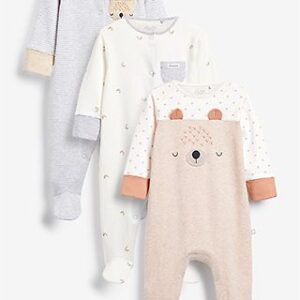
Onesies
Br50.00Add to Wishlistወደ ጋሪው አክል፡ "%s"Add to Wishlist -
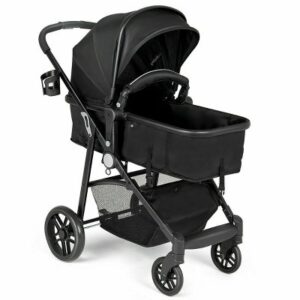
Stroller
Br32.00Add to Wishlistወደ ጋሪው አክል፡ "%s"Add to Wishlist -
Sale!

Baby bottle
Br25.00 – Br30.00Add to WishlistSelect options This product has multiple variants. The options may be chosen on the product pageAdd to Wishlist
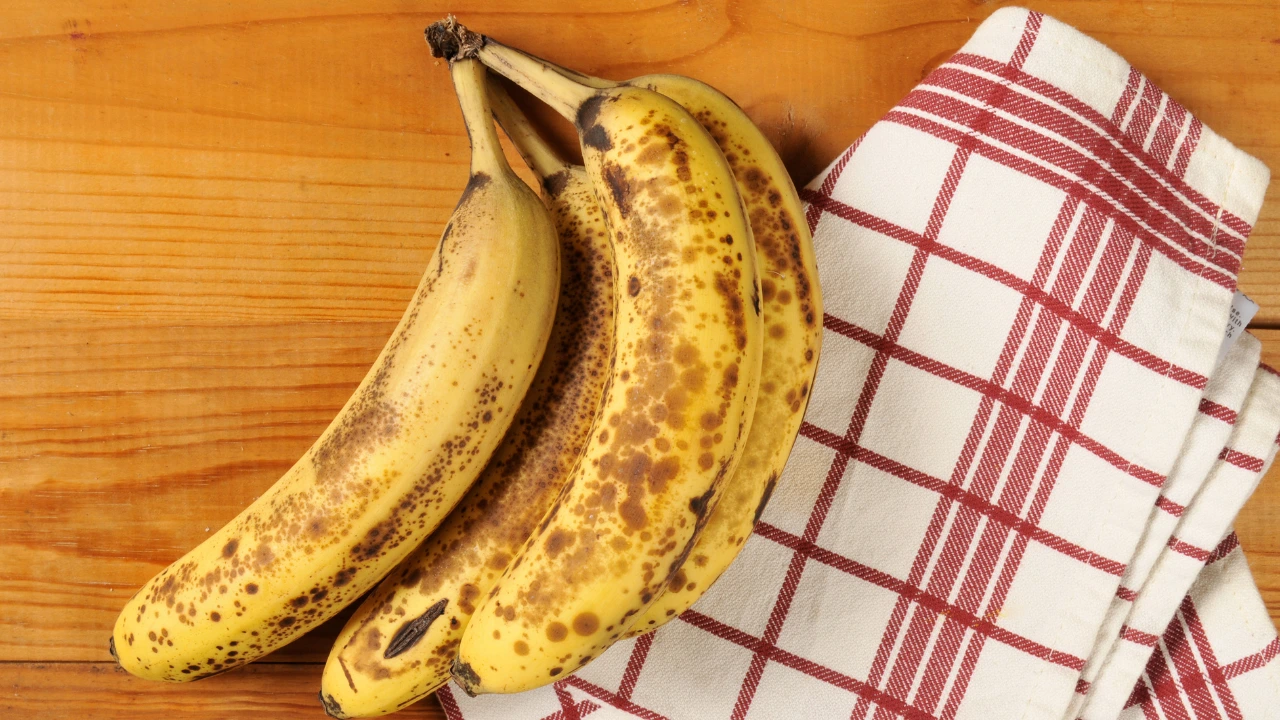
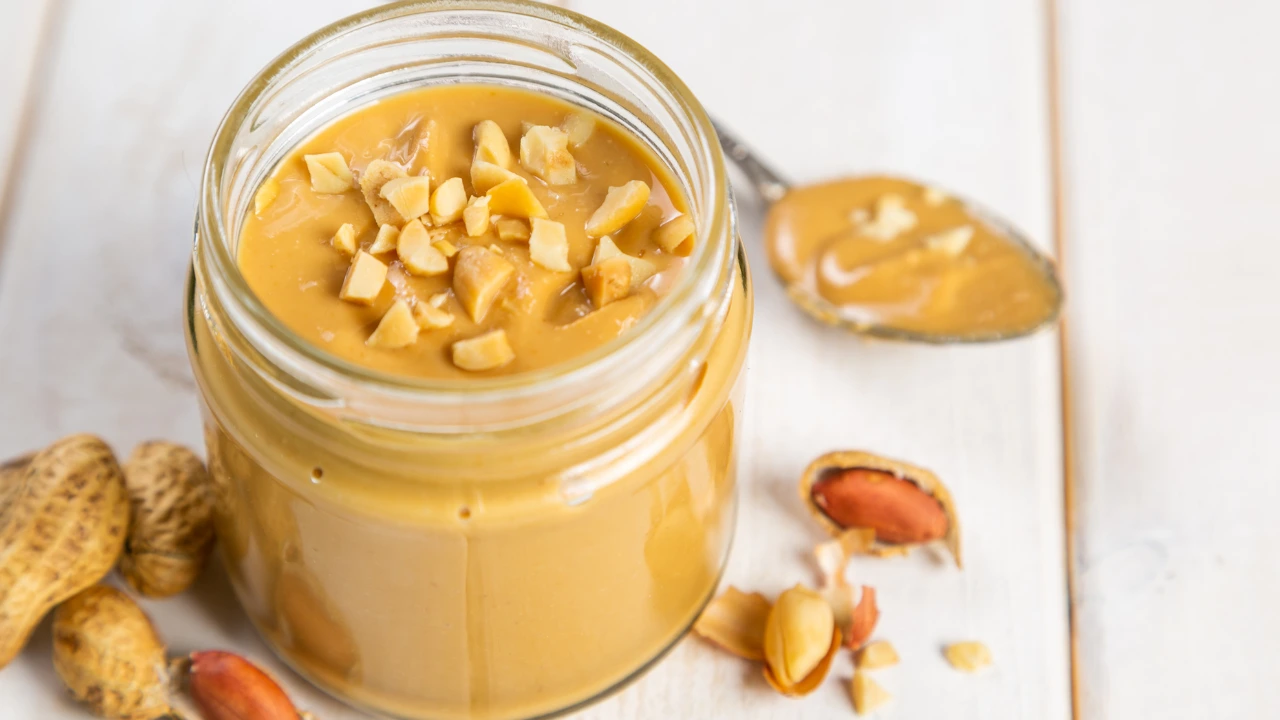
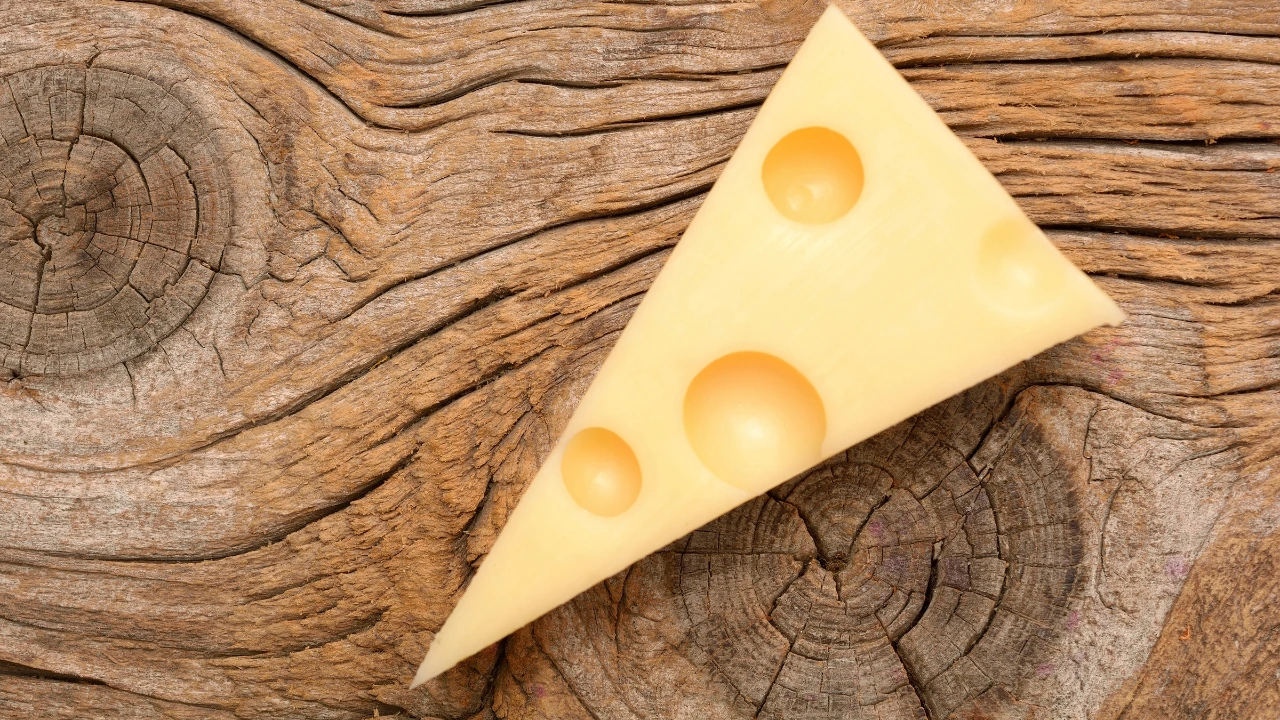
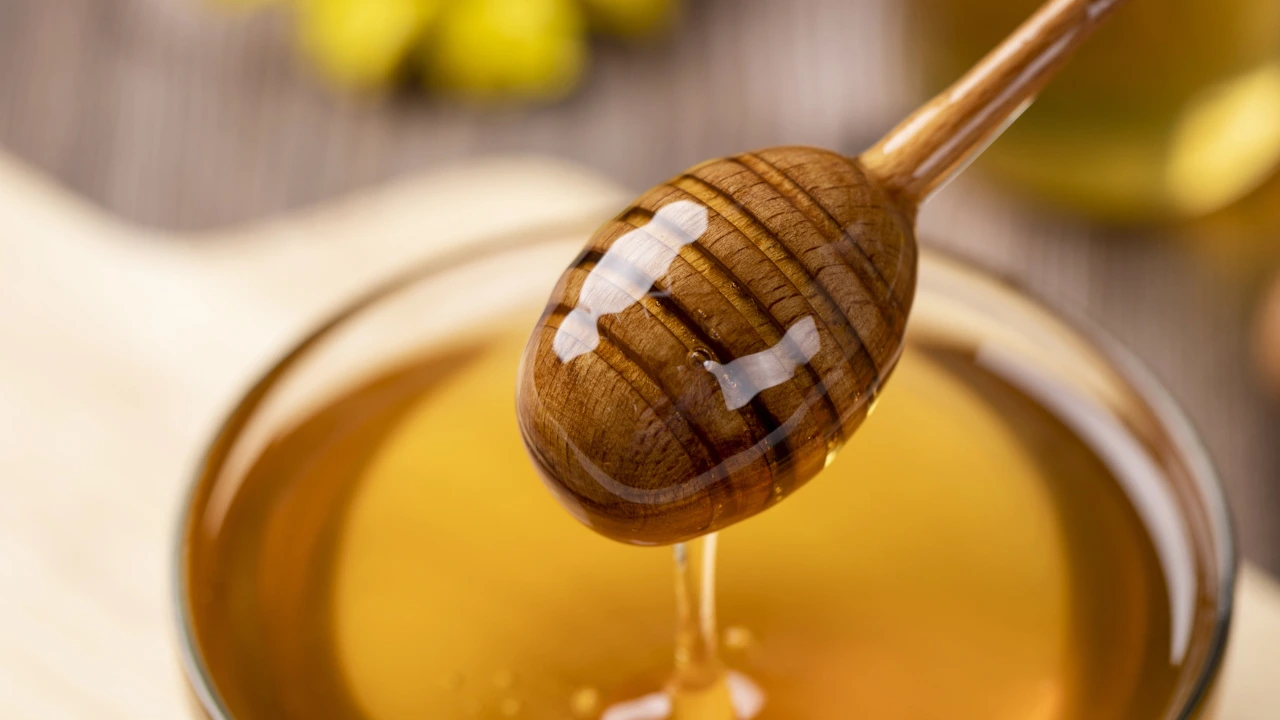
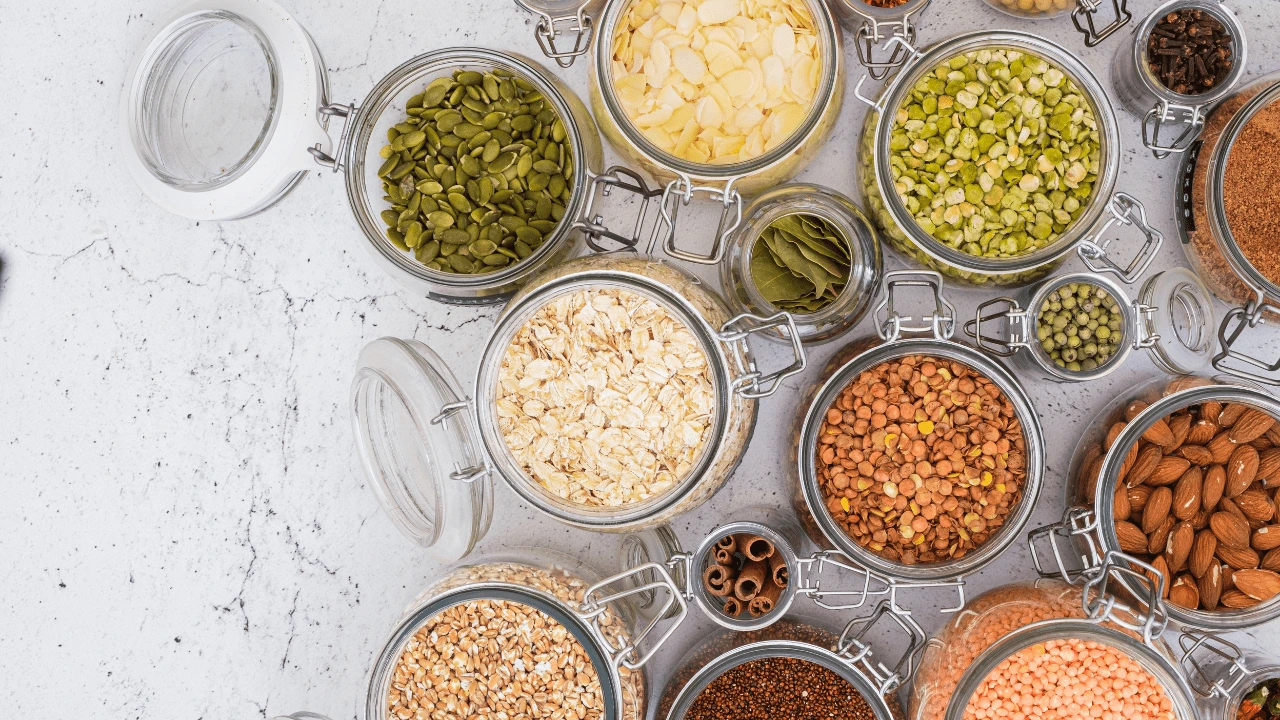











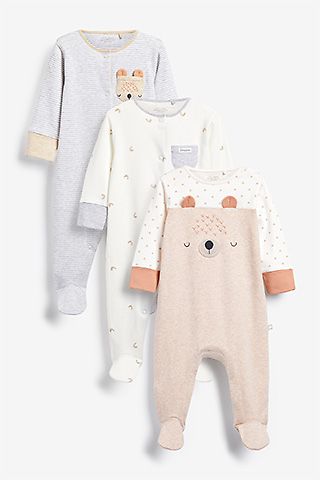
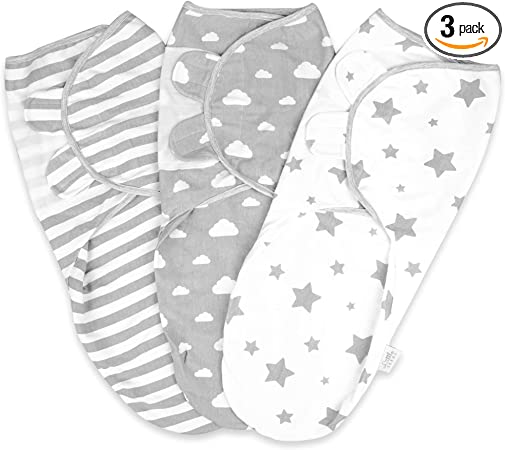
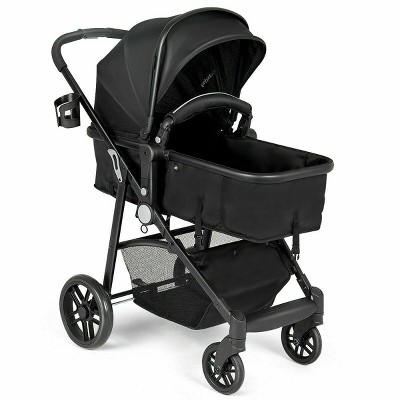


Add a Comment